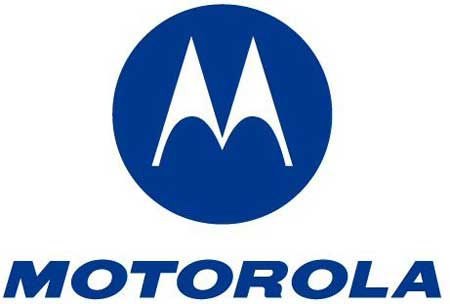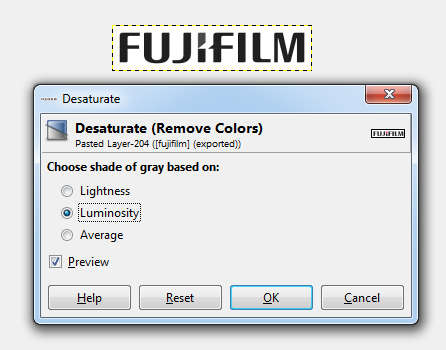| Fujifilm Has A Patent On Converting To Greyscale |
| Written by David Conrad | |||
| Tuesday, 12 May 2015 | |||
|
There are so many instances where software patents are clearly stupid but this one has to be seen to be believed. As long as you see it in color there should be no patent problems. One of the most protracted lawsuits concerning smartphone patents has concluded. The case was brought by Fujifilm against Motorola for infringing its patents in mobile phones. The jury brought in a mixed verdict, rejecting three of the patent claims relating to face detection and WiFi/Bluetooth. But one of the patents was deemed valid and Motorola was ordered to pay $10 million. This isn't much of a victory for Fujifilm as they asked for $40 million and probably won't make a profit on the award after the lawyers have been paid. This might be a timely warning to any company thinking of entering the patent wars, but it is also worth looking at the patent that Fujifilm used to get $10 million out of Motorola.
The patent No. 6,144,763 is difficult to read, as are all patents, but the key claim seems to be a method of converting an RGB image into a grey scale image, i.e. a black and white photo. If I asked you to tell me an algorithm for doing this the chances are you would probably think first of a direct route which converts the RGB to a luminance signal Y by say averaging - Y=(R+G+B)/3. If you wanted to keep the RGB format you could then set each of the channels to the Y value. There are slight modifications on the basic idea for example Y=0.21 R + 0.72 G + 0.07 B gives a weighted average that takes into account the sensitivity of the eye to colors. The Fujifilm patent explains a lot of background information on digital cameras and processing and then explains that to convert to greyscale you take an RGB image and convert it to luminance Y and two chrominance channels Cr and Cb. This is perfectly standard. Now to create a greyscale image the two chrominance channels are set to a constant 128 or perhaps to some other value if you want a toned sepia image say.
After this the patent goes on to explain how the parameters of the standard JPEG compression algorithm can be best set to maximize the quality of the grey level image - roughly speaking this says don't waste bits on the Cr and Cb channel. This is the largest and most technical part of the patent, but as it boils down to "optimize the JPEG compression" this is nothing new and presumably not part of the "invention".
The patent ends with: "While the present invention has been described with reference to the particular illustrative embodiment, it is not to be restricted by those embodiment. It is to be appreciated that those skilled in the art can change or modify the embodiment without departing from the scope and spirit of the present invention." Well, what can one say? Those skilled in the art almost certainly knew how to convert an RGB image into greyscale long before the patent. There are lots of silly patents on the obvious in photography and computational photography but not that many that get $10 million awarded on their strength. Remember the next time you use almost any method of converting an RGB image to greyscale, it is almost certain that you are infringing Fujifilm's patent. More Information
Related ArticlesSupreme Court Seeks Guidance On API Copyright Issue Android Copyright Battle Goes To Supreme Court US Appeals Court Divided Over Software Patent Eligibility The Oracle v Google Trial IProgrammer Reads the Patents
To be informed about new articles on I Programmer, install the I Programmer Toolbar, subscribe to the RSS feed, follow us on, Twitter, Facebook, Google+ or Linkedin, or sign up for our weekly newsletter.
Comments
or email your comment to: comments@i-programmer.info |
|||
| Last Updated ( Tuesday, 12 May 2015 ) |



